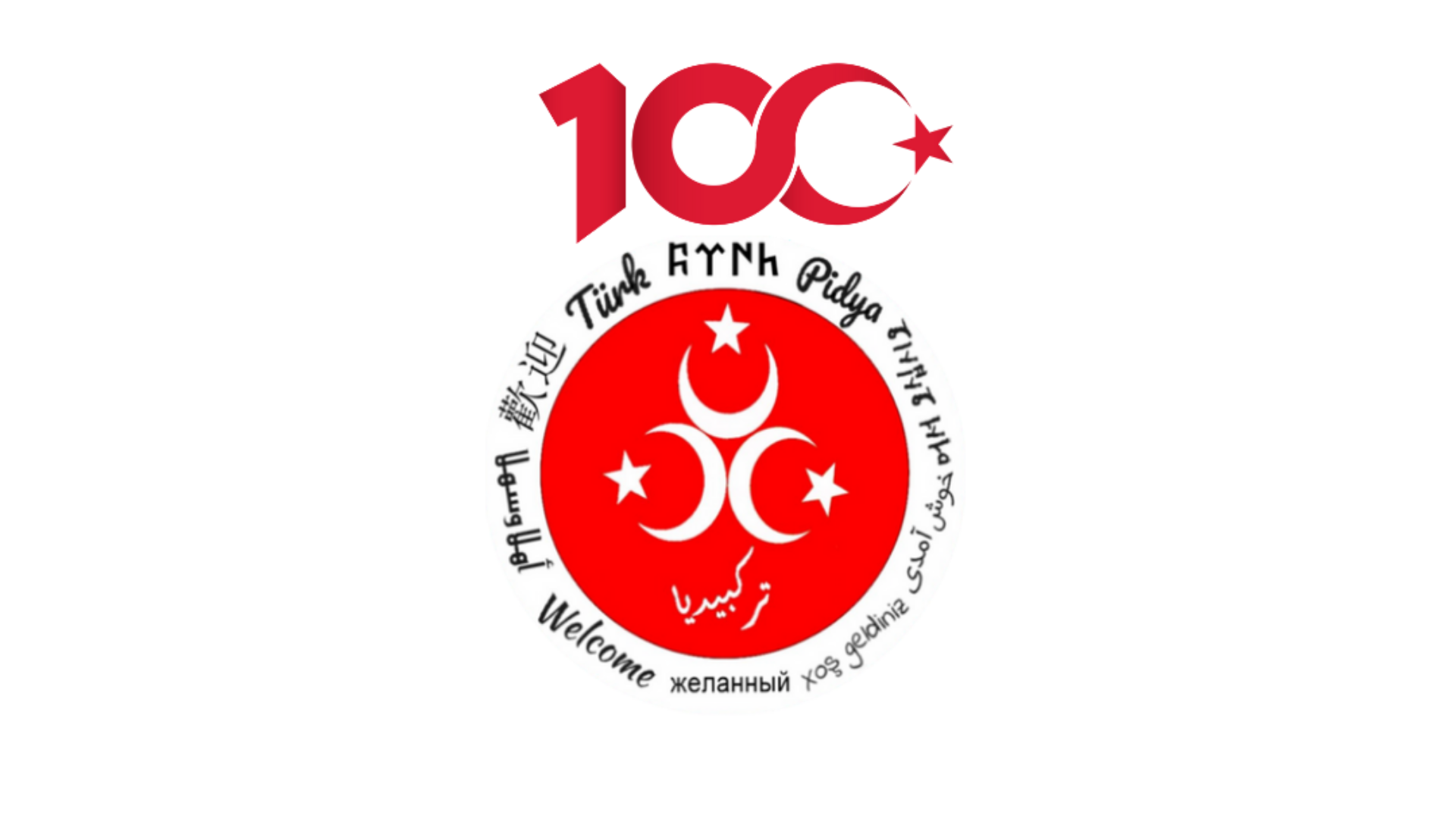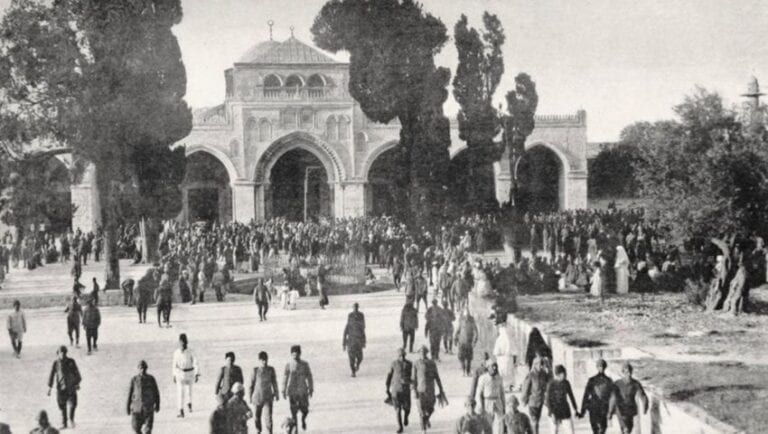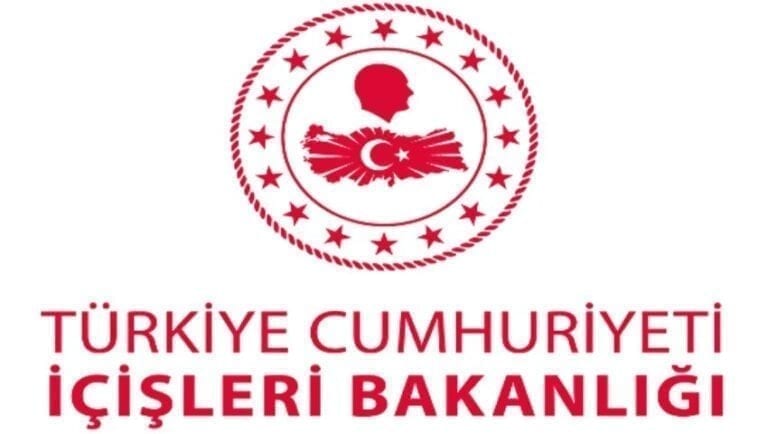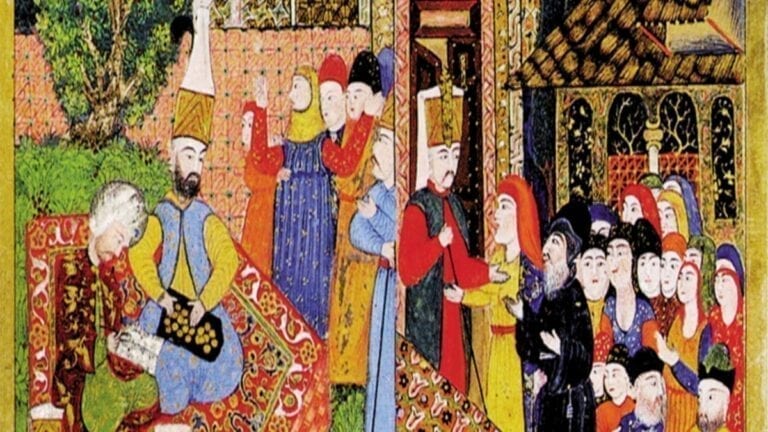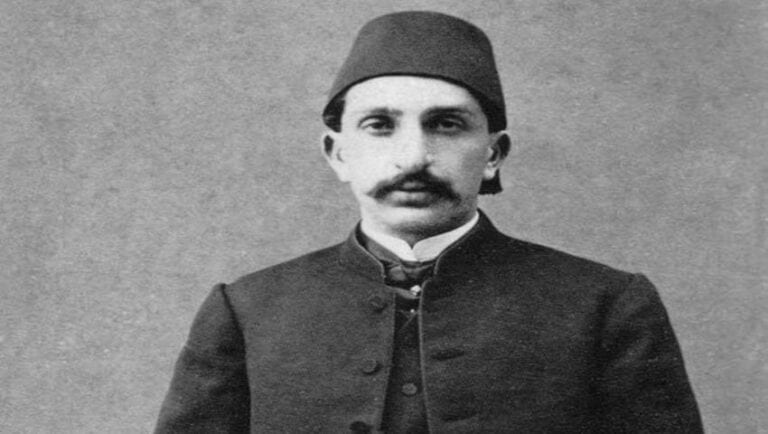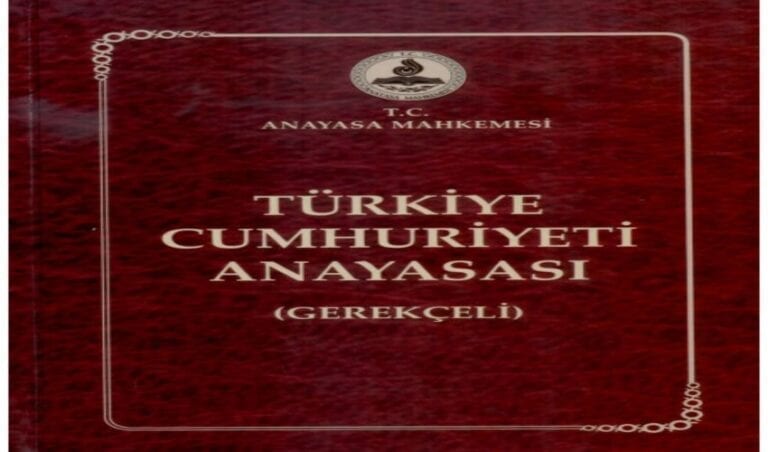Table of Contents
For nearly 400 years between 1517 and 1917, with a brief interruption in the 1830s, the Ottoman Empire ruled over Jerusalem, shaping the city through architecture, governing policies, and daily life.
I tried to make my research as comprehensive as possible, covering different aspects of the life under the Ottoman rule.
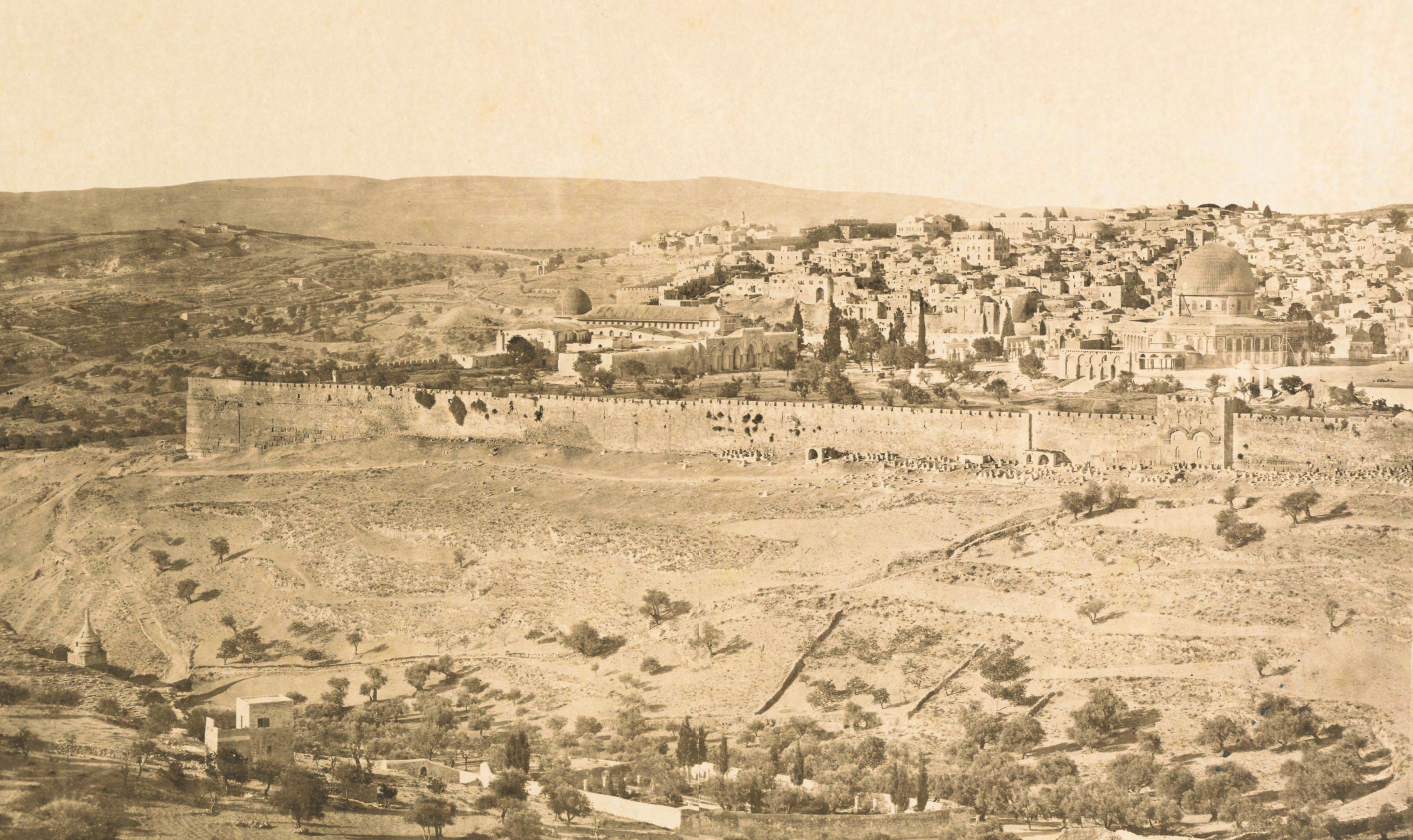
Introduction
As someone fascinated by history, I’ve always been intrigued by the Ottoman period in Jerusalem. I’m Abdullah, an enthusiast about Ottoman history. Recently, I decided to research Jerusalem under Ottoman rule.
Through studying many interesting books and chronicles, I discovered the Ottomans left an incredible legacy on Jerusalem during their 400-year reign from 1516-1917. Let me share some highlights of my explorations into Ottoman Jerusalem.
I tried to answer the following questions in my research:
- How was daily life in Ottoman Jerusalem?
- What did the Ottoman Build in Jerusalem?
- How was the rights of non-Muslims under the Ottoman rule?
- What is the contribution of Ottoman Sultans Jerusalem?
And finally i imagined the life of people under the Ottoman empire in Jerusalem.
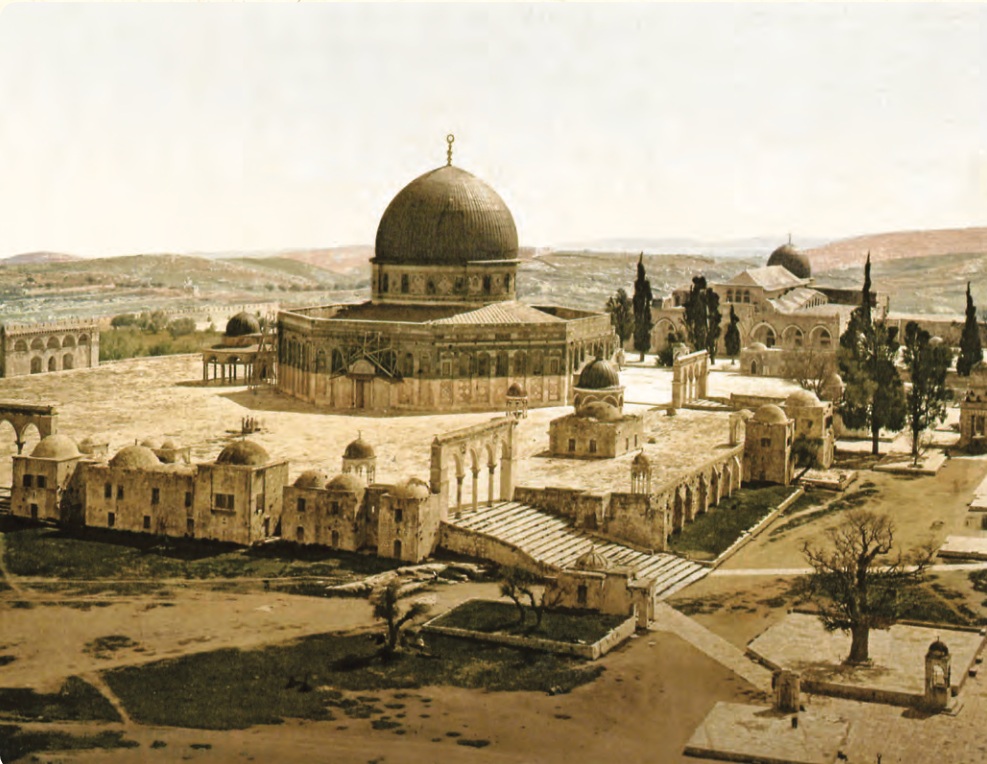
Public Services, Demographics, and Economics in Ottoman Jerusalem
The Ottoman state took measures to modernize Jerusalem in the 19th century, while managing growing European influence and changes to the city’s population.
Municipal Services
In 1863, the Jerusalem Municipality was established. It focused on improving infrastructure:
- Cleaning services, sewage system, street paving and lighting
- Landscaping projects like tree planting
- Opening the Municipal Hospital in 1891
- Creating a police force in 1886
Cultural institutions like the Jerusalem Museum and Turkish, Arabic, and French theater were also built.
Population Changes
Jerusalem’s population grew rapidly in the 1800s. In 1849, there were about 11,700 residents – 6,184 Muslims, 3,744 Christians, and 1,790 Jews.
By 1870, the total reached 20,000 people. In 1890, it exceeded 40,000, with Jews becoming the largest group.
In 1900, estimates suggest 55,000 residents – 10,000 Muslims, 10,000 Christians, and 35,000 Jews.
Economic Conditions
Jerusalem was not a major trade center, lacking agricultural lands and industry. But pilgrimage visits did support commerce and handicrafts.
- Industries included textiles, tanning, soap production, and metalwork.
- Exports went to Egypt, Rhodes, and Dubrovnik. Imports came from Egypt, Syria, Istanbul, Iraq and China.
- Tourism and pilgrimage generate sales and demand for souvenirs. By the 1800s, over 700 craftsmen operated in the markets.
- “Surre” stipends from Istanbul and Egypt were also key revenue sources.
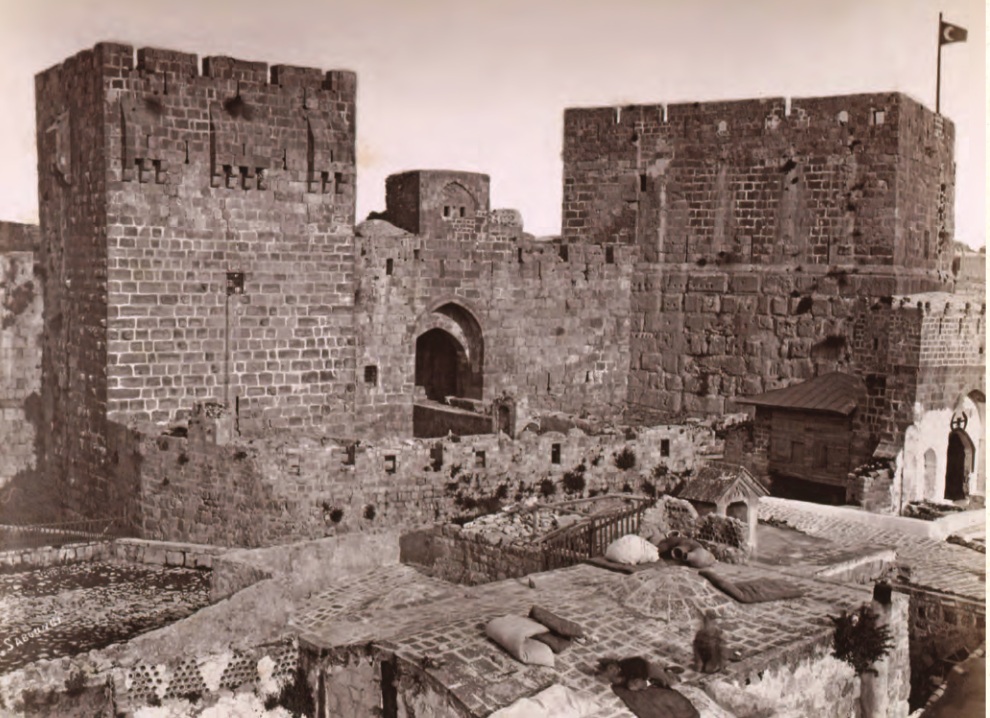
Transportation
Transportation links improved in the 1800s.
- The telegraph reached Jerusalem in 1865.
- The Jaffa-Jerusalem road opened in 1868.
- The Jaffa-Jerusalem railway began operating in 1892.
This boosted tourism, commerce, and connections abroad.
Education and Culture
- Schools and madrasas declined as religious “waqf” endowments weakened after the 1700s.
- Sufi lodges and zawiyas provided religious instruction alongside madrasas.
- As in the empire overall, modern government and missionary schools proliferated after the mid-1800s.
Ottoman Map for Jerusalem in 1861
In this image, you can an Ottoman map of Jerusalem in 1861, showing the inside of the city and the outskirts of Jerusalem.
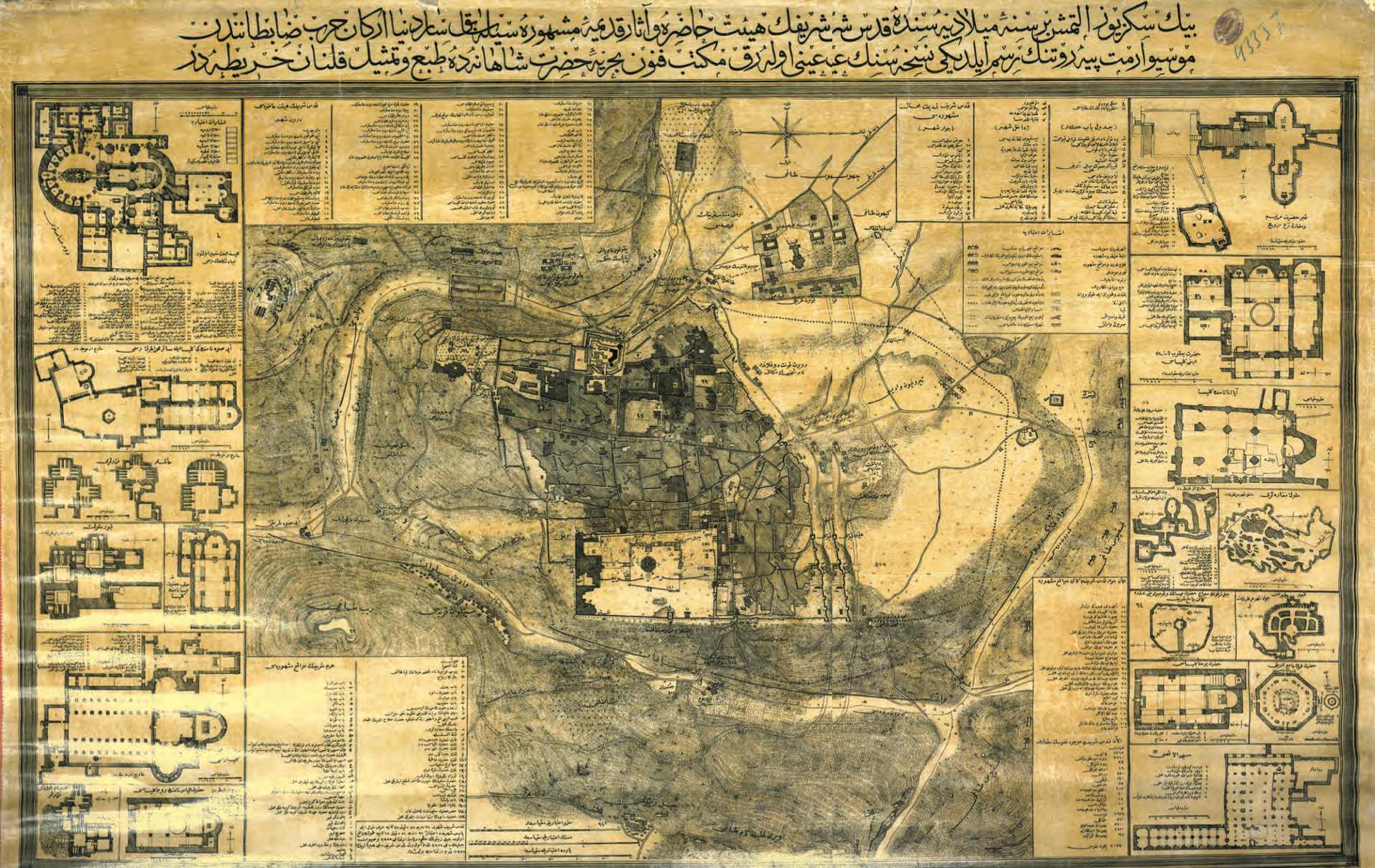
Ottoman Rule in Jerusalem: 1517-1917
Jerusalem, under the Ottoman rule, experienced a rare period of peace and tranquility that lasted for more than 400 years. The Ottomans managed and developed the city during this time
1. Yavuz Sultan Selim (Selim I):
- 1517: Conquest of Jerusalem by the Ottomans.
- Battle of Mercidabık; annexation of Damascus.
- Visit to Masjid al-Aqsa and promise of economic reforms.
- Agreement with the King of Spain to allow Christian visits to Jerusalem in exchange for a fee.
2. Suleiman the Magnificent: 1520-1566
- Restoration and development of Jerusalem’s castle and walls.
- Restoration and modifications to Masjid al-Aqsa.
- Opening of new gates and renewal of the Silsila dome tiles.
- Construction of a tekke in the name of his wife, Hürrem Sultan.
- Secure the road between Jerusalem and Jaffa by entrusting it to the Ebigavsh tribe.
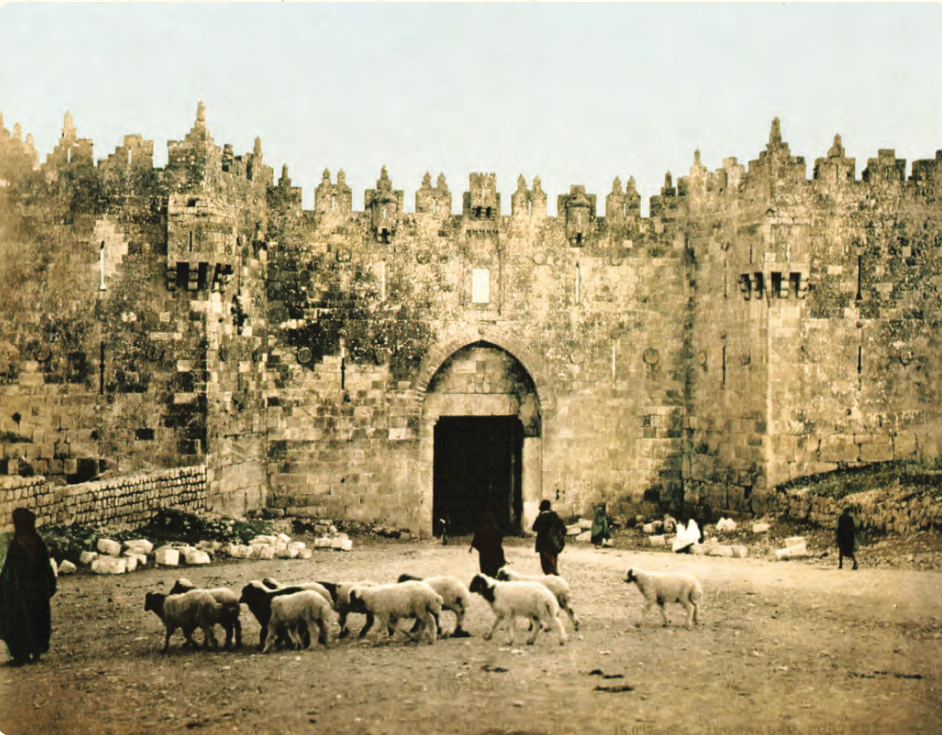
3. Sultan Murad IV: 1623-1640
- Period of attacks from French General Napoleon and internal disturbances from Egyptian Khedive Mehmet Pasha’s rebellion.
- Construction of a castle on the Jerusalem El-Khalil road for city security.
- The castle included a mosque and barracks, serviced by Dizdar and 40 soldiers.
4. Sultan Abdülmecid: 1839-1861
- Commissioned and financed the restoration of the Al-Aqsa Mosque.
- Population growth and expansion of settlements outside Jerusalem’s walls starting in 1858.
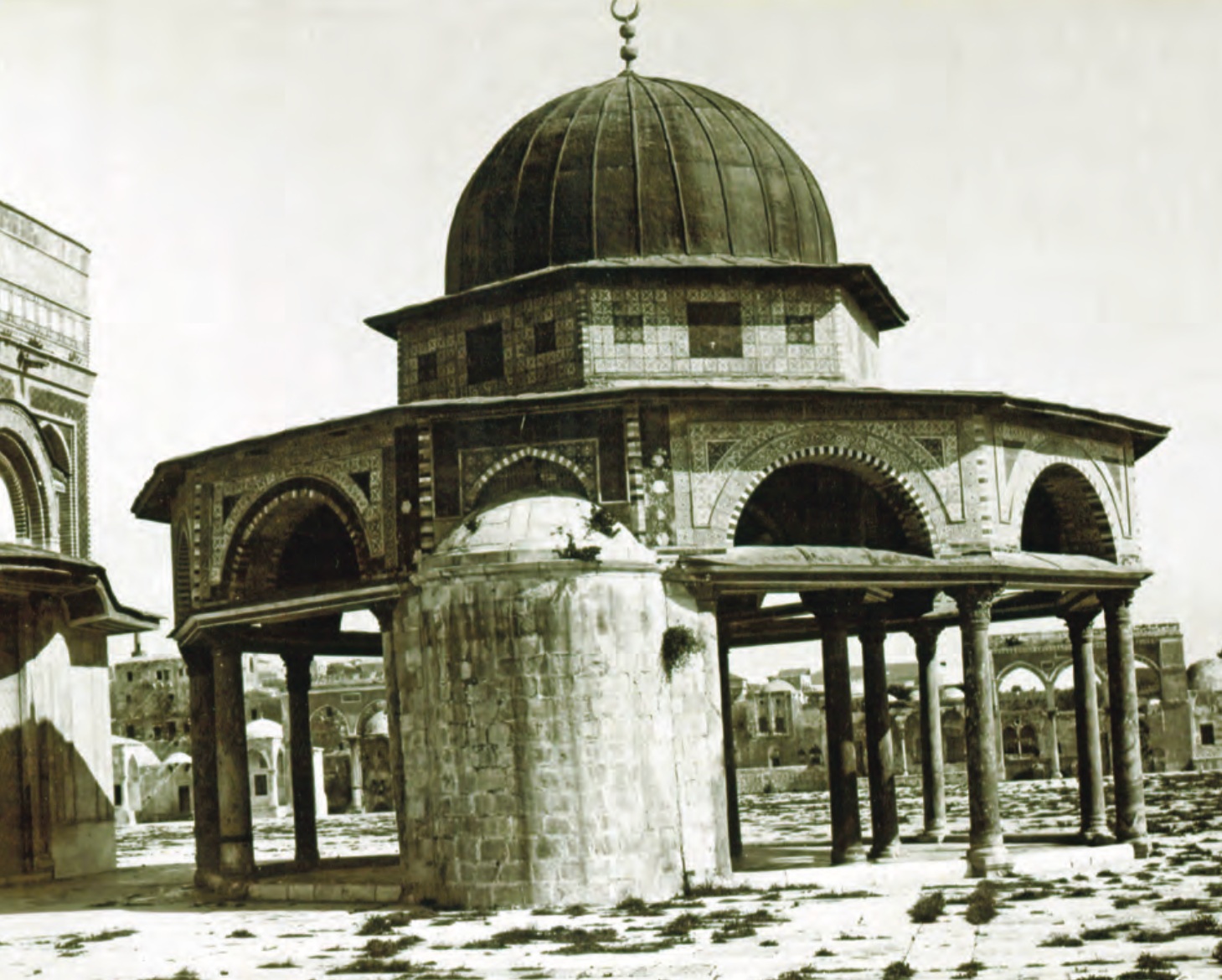
5. Sultan Abdulaziz: 1861-1876
- Significant development of Jerusalem, including construction of roads and bazaars.
- Paved Jerusalem’s roads with marble.
- Spent 30,000 Ottoman aks on the decoration and restoration of Masjid al-Aqsa and construction of the Omarî mosque.
- 1867: Notable development phase starts.
- 1892: Construction of a railway line between Jerusalem and Jaffa.
- 1909: Construction of a large fortress near the Hebron Gate and a nearby fountain.
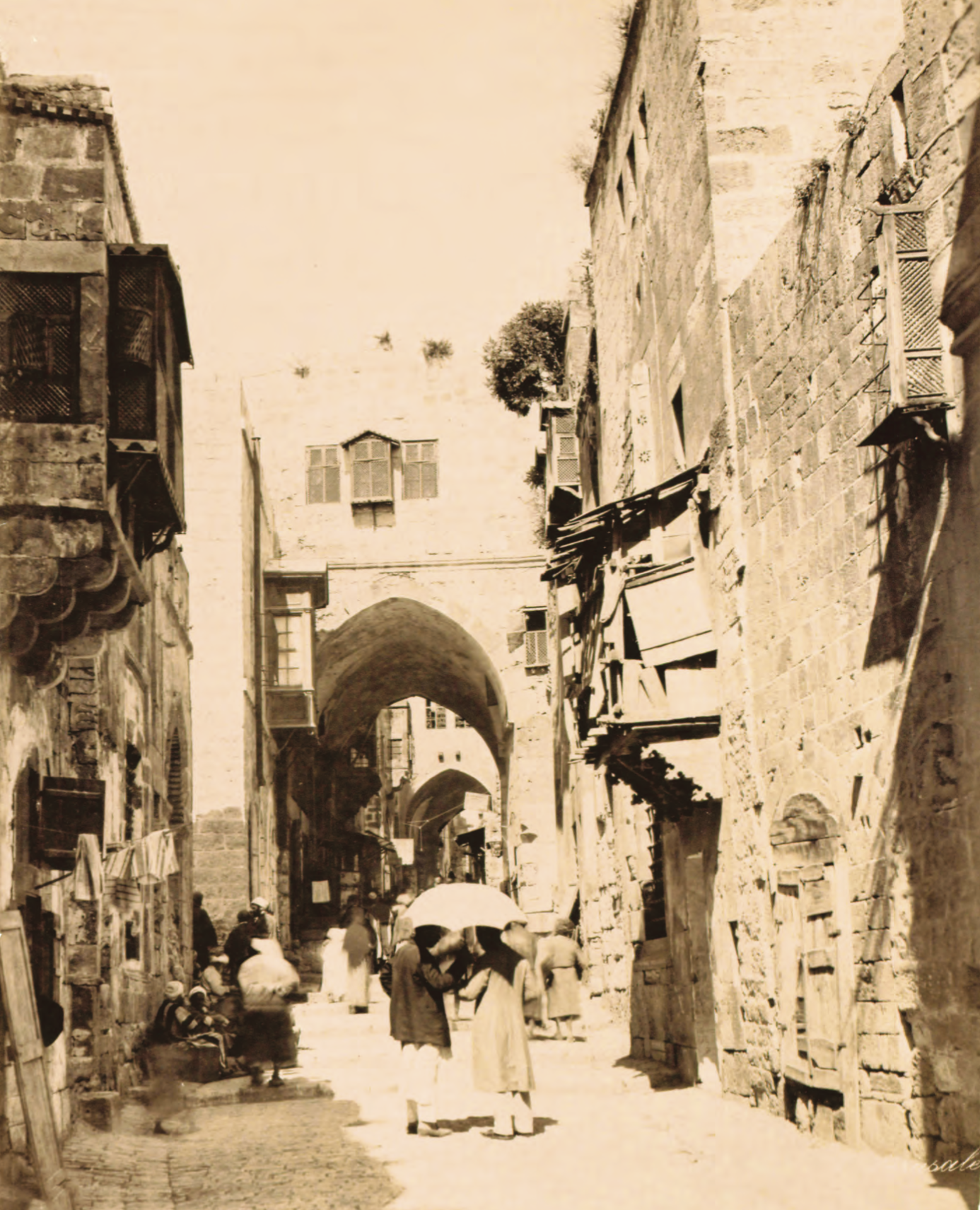
6. Sultan Abdülhamid II: 1876-1909
- Significant development of the city’s infrastructure.
- Development and maintenance of city roads.
- Connection of Jerusalem with Mecca, Medina, Istanbul, Damascus, and other cities via the Jerusalem Railway Station.
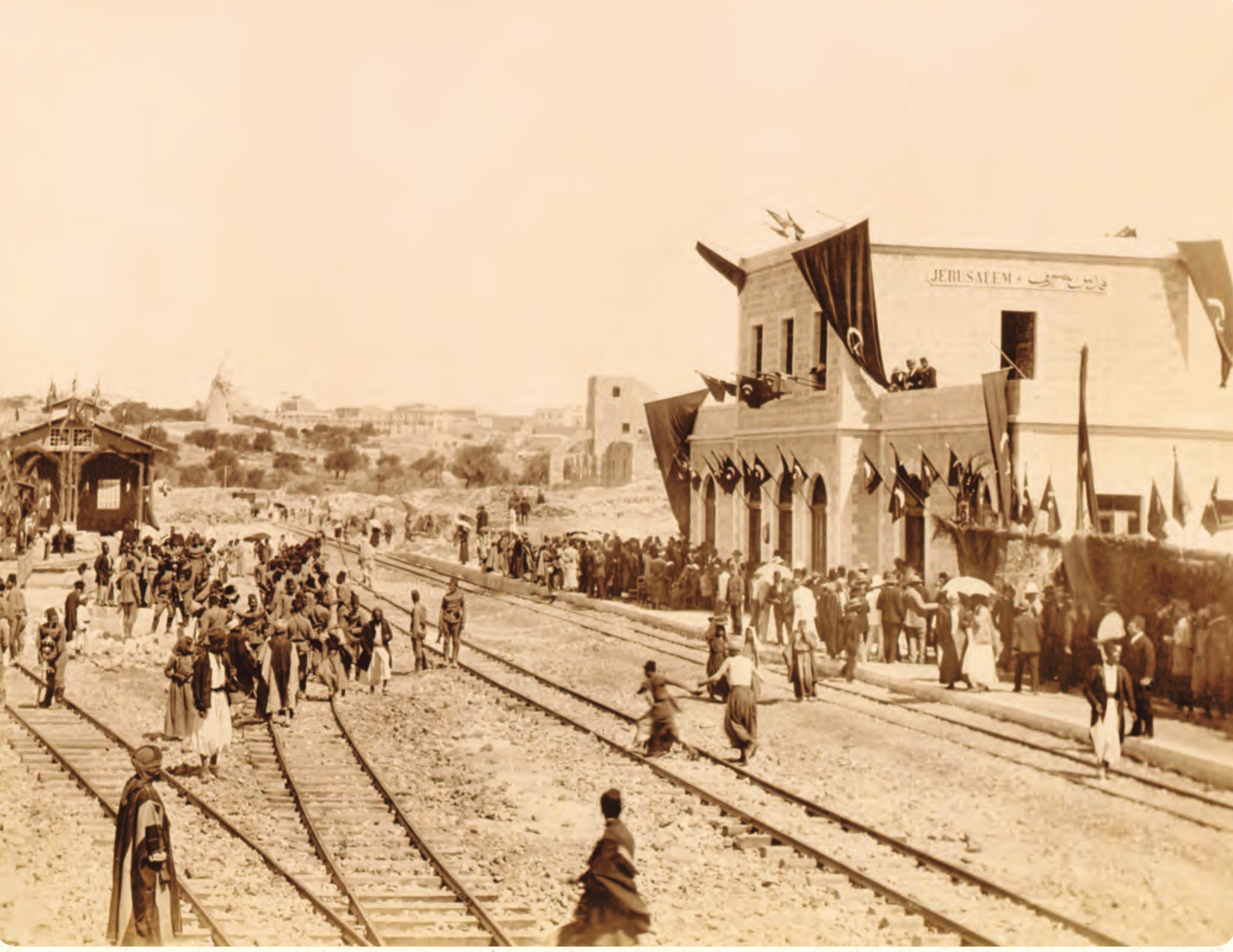
Observations
- Yavuz Sultan Selim took control and initiated diplomatic and economic engagements but died before fully realizing his plans.
- Suleiman the Magnificent focused on architectural and infrastructural development, earning him the title of “the second architect of Jerusalem”.
- Sultan Murad IV faced challenges from external and internal threats but managed to maintain Ottoman control over Jerusalem.
- Sultan Abdülmecid initiated restoration projects, and during his reign, the population of Jerusalem expanded beyond the city walls.
- Sultan Abdulaziz directed significant resources towards developing and beautifying the city and its religious landmarks.
- Sultan Abdülhamid II made notable contributions to the city’s connectivity and infrastructure.
Transforming the Urban Landscape
The Ottomans dramatically left their mark on Jerusalem’s landscape by undertaking massive building projects.
Walls Fortifying the Holy City
The most monumental Ottoman construction was Jerusalem’s iconic walls. Suleiman the Magnificent ordered the 5 km ramparts built from 1536-1540, requiring immense labor and resources. Over 2.5 km wrap around the Old City, while extensions run south and west.
Thirty-four watchtowers and seven gates punctuate the sand-colored walls, which reach up to 12 m high and 3 m thick in places. This fortification protected Jerusalem for centuries.
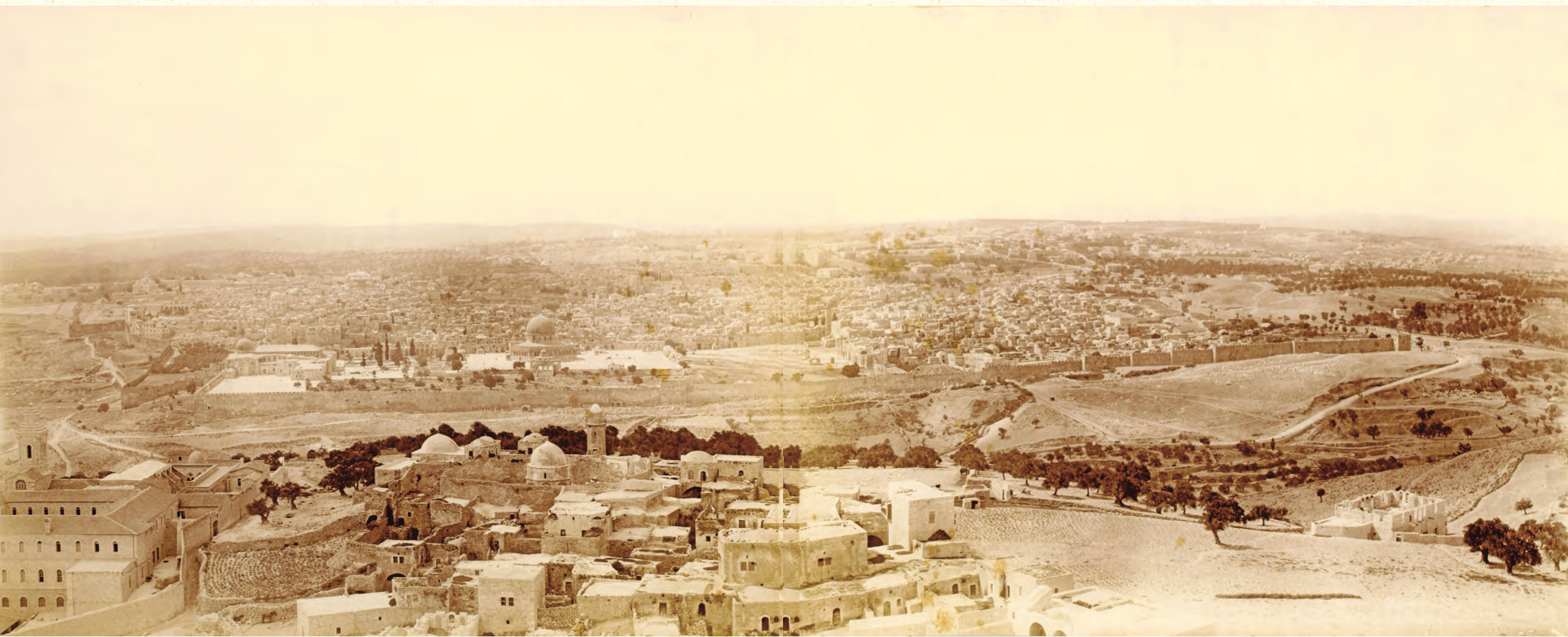
Architectural Patronage for Prestige
Successive Ottoman rulers sponsored magnificent public, religious and charitable buildings, especially in Jerusalem’s first century under Ottoman rule.
They sought to establish legitimacy by leaving their mark through architecture and services. Signature monuments included:
- The Fountain of Sultan Suleiman (1527) provided water to residents near the Temple Mount.
- The 1551 Külliye of Hürrem Sultan offered a mosque, madrasa, inn, public kitchen and more.
- Numerous smaller fountains, aqueducts, reservoirs and wells supplied water across the city.
Civic Structures for Welfare
As Jerusalem grew in the late Ottoman period, infrastructure and amenities increased:
- The Municipal Council founded in 1863 added roads, landscaping and cleaning services.
- Schools, hospitals, police and fire stations provided public services from the 1860s onward.
- The post office, telegraph, and telephone connected Jerusalem globally after the 1850s.
Governing a Holy Mosaic
The Ottomans had to balance diverse faiths and pilgrims when governing Jerusalem.
Rights and Privileges
The Ottomans organized minority faiths into semi-autonomous millets. The Orthodox, Armenian, and Jewish communities elected their own leaders and ran community affairs.
Privileges included exemption from military service in exchange for taxes. Restrictions limited church construction and ringing church bells.
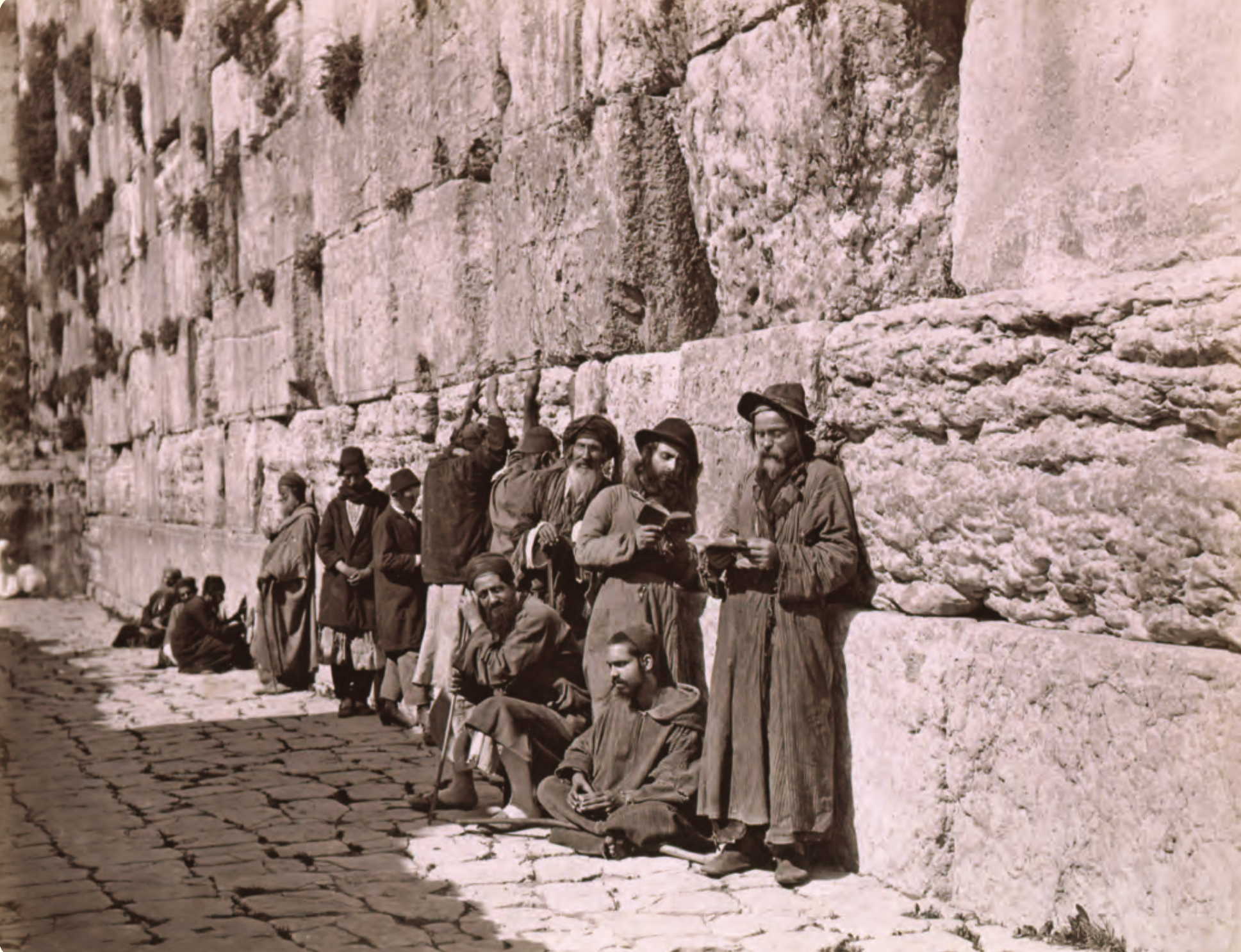
Managing Multi-faith Relations
Occasional tensions emerged between faiths, but incidents were minimized through Ottoman policies:
- Soldiers guarded pilgrim routes to ensure safety.
- Different Christian groups were granted separate worship times at the Church of the Holy Sepulcher to reduce conflicts.
- Authorities mediated disputes at holy sites, as when an 18th century firman regulated access to the Tomb of the Virgin Mary.
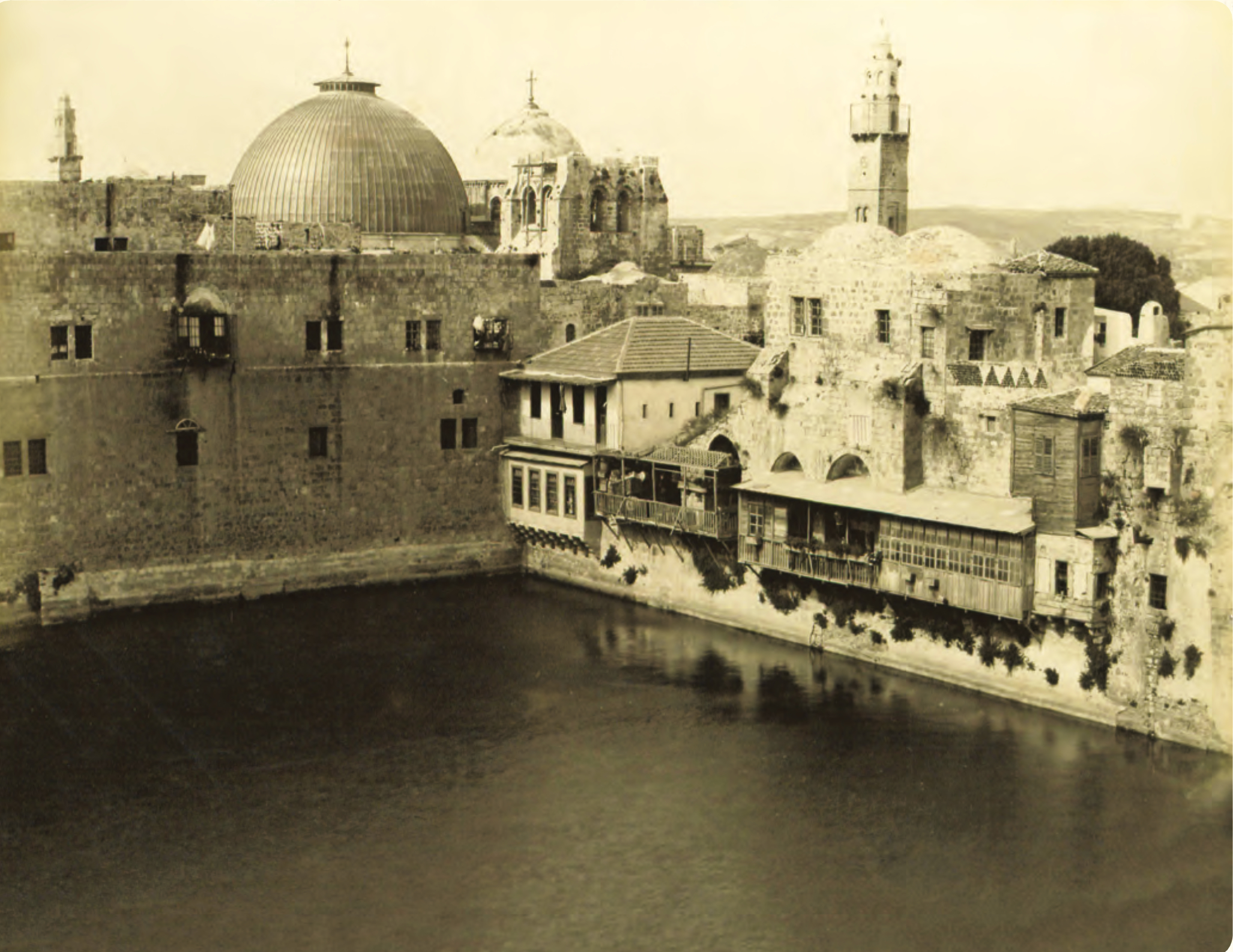
Balancing Powers and Influences
European consulates opened in Jerusalem from the 1830s, exerting influence for their religious proteges.
Ottoman centralization measures aimed to check this foreign sway, such as directly governing Jerusalem from Istanbul after 1872.
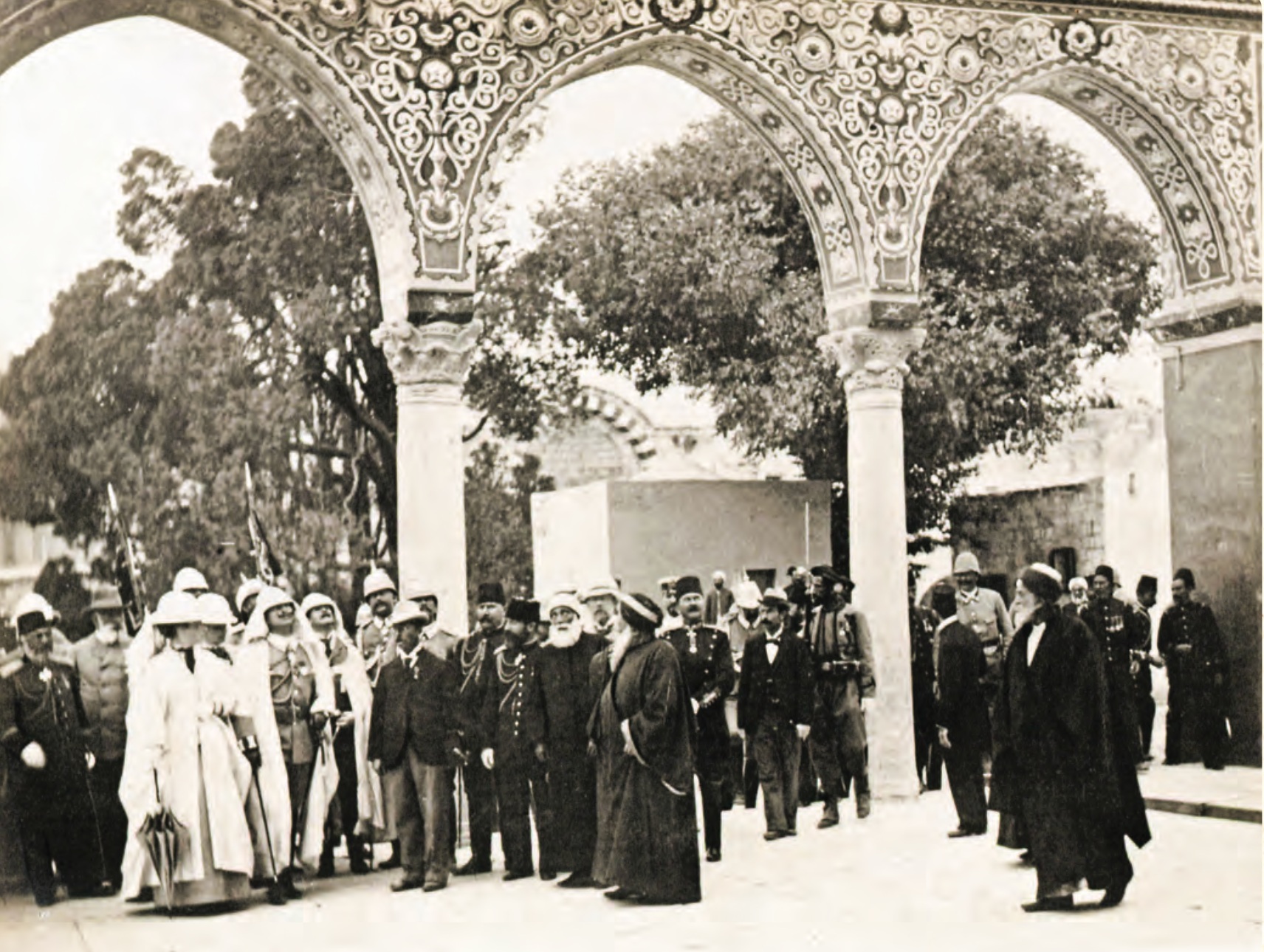
Daily Life for Ottoman Jerusalemites
According to my reading and research, I tried to imagine the daily lives of the people who lived under Ottoman rule in Jerusalem.
This part is purely fictional and any similarities between it and the reality is just coincidence.
Yusuf’s Day (Muslim):
My name is Yusuf. I wake before sunrise, just as the muezzin begins the melodic call to prayer from the minaret of Al-Aqsa Mosque. After performing salat and breaking fast with my family, I make my way through the Old City as fellow Muslims head to the mosque for Fajr prayers.
As I walk to my shop, I pass an Ottoman guard patrolling the streets. His presence deters troublemakers, allowing everyone to go about their business in peace.
At my textile shop in the bustling bazaar, I unroll colorful Persian silks and Egyptian cottons. My first customers arrive shortly after – mainly local women looking for fabrics to sew new clothes and merchants from other cities in Palestine coming to buy inventory.
Later in the morning, my friend and fellow merchant Saleh stops by, and we drink coffee imported from Yemen, discussing trade and other news.
At noon, I close up my shop and head to Al-Aqsa to pray Dhuhr. After the afternoon Asr prayers, I reopened my shop. While managing the busy foot traffic, I run into my Christian friend Elias. He is a stonemason working on renovations to the Church of the Holy Sepulchre. Despite our different faiths, we are united in identity as Ottoman subjects.
In the evening I stroll home the evening. I pass my elderly Jewish neighbor Rebecca as she hurries to meet her family for Shabbat – we politely greet each other on the way to our houses of worship – two Ottoman subjects living in harmony. Once home, I enjoy time with family before an evening constitutional.
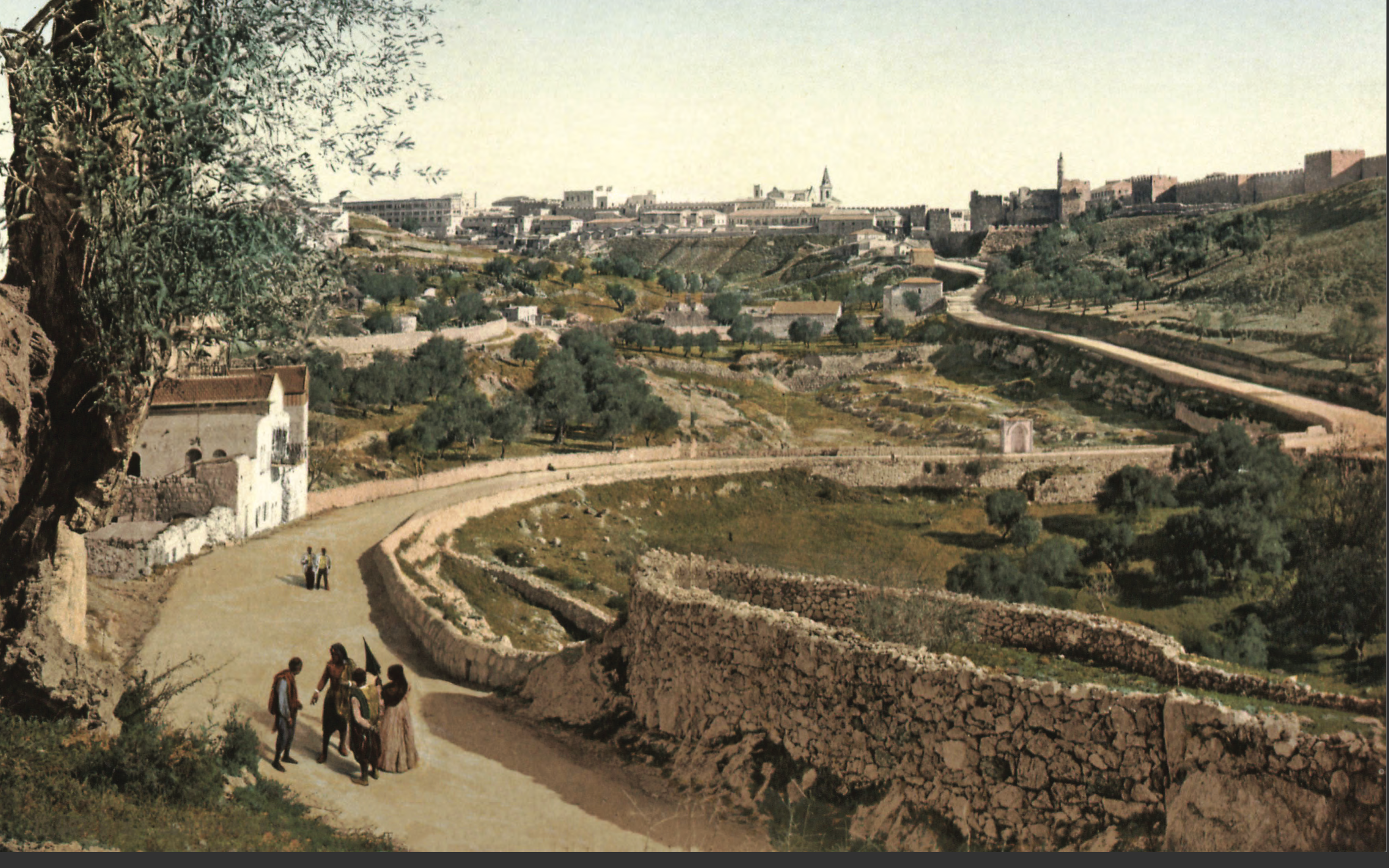
Elias’ Day (Christian):
I am Elias, an Ottoman Greek Orthodox Christian. After breakfast with my family, I walk to the Church of the Holy Sepulchre to begin work. As we repair the Tomb of Christ, my fellow craftsmen and I chatter lightheartedly in our native Greek.
At midday, I break bread with the other Christian craftsmen. We remind each other to maintain the patience and devotion our work in this holy place requires. After the meal, we return to our labor – chiseling, hauling stones, and scrubbing centuries of candle smoke from the walls.
Finally in the evening I walk back through the busy streets to my neighborhood. I hear mosque, church and synagogue bells ringing harmoniously at sunset as different faiths mark the day’s end. It reminds me of the diversity that can flourish when tolerance is upheld, as it has been under Ottoman rule.
Rebecca’s Day (Jew):
I am Rebecca, a Jewish mother living in the Ottoman Empire. After baking challah bread for Shabbat, I take my children to the mikveh for ritual bathing without fear of discrimination that Jews in other places suffer. We exchange greetings with Muslim and Christian neighbors, equally Ottoman subjects under the law.
After returning home, I prepare our Shabbat dinner. As I cook, I use spices purchased from an Ottoman Greek merchant who was able to transfer his business from Istanbul to Jerusalem without issue. When lighting the Sabbath candles, I say an additional prayer for the Sultan’s health, who has extended protection to Jews throughout his domains.
References
- Kudüs Şer‘iyye Sicilleri, nr. 24, s. 3; nr. 31, s. 277-282; nr. 44, s. 500; nr. 45, s. 19; nr. 70, s. 18-50; nr. 231, s. 65-66; nr. 267, s. 156-162; nr. 268, s. 35; nr. 270, s. 18-50; nr. 271, s. 24, 31; nr. 272, s. 77-78, 147; nr. 280, s. 4, 32, 33, 358-359.
- Jerusalem Haram, Cairo 1925-27, nr. 30, 144, 155, 219.
- Devlet-i Aliyye-i Osmâniyye Salnâmesi, İstanbul 1266, s. 85; (1282), s. 72, 176; (1290), s. 154; (1334), s. 776-778.
- Evliya Çelebi, Seyahatnâme, IX, 463-466.
- Ch. d’Arvieux, Mémoires, Paris 1735, II, 106-110.
- U. J. Seetzen, Reisen durch Syrien, Palastina etc., Berlin 1854-59, II, 18, 21-23.
- Mehmet Re’fet Paşa, Seyahatnâme-i Arz-ı Filistin, Dımaşk 1305, tür.yer.
- M. van Berchem, Corpus inscriptionum arabicarum: I: Jerusalem Ville, Cairo 1922-23, II.
- Ahmet Reşit Rey, Gördüklerim – Yaptıklarım: 1890-1922, İstanbul 1945, s. 82-102.
- U. Heyd, Ottoman Documents on Palestine: 1552-1615, Oxford 1960, tür.yer.
- Ârif el-Ârif, el-Mufaṣṣal fî târîḫi’l-Ḳuds, Kudüs 1961, s. 70, 124, 176.
- M. C. F. Volney, Travels through Syria and Egypt, London 1972, I-II, tür.yer.
- M. M. ed-Debbâğ, Bilâdünâ Filisṭîn, Amman 1973, I, 241-270.
- A. Cohen, Jerusalem in the 18th Century, Jerusalem 1973, tür.yer.
- a.mlf., “The Walls of Jerusalem”, The Islamic World from Classical to Modern Times: Essays in Honor of Bernard Lewis (ed. C. E. Bosworth v.dğr.), Princeton 1989, s. 467-477.
- a.mlf. – B. Lewis, Population and Revenue in the Towns of Palestine in the Sixteenth Century, Princeton 1978, s. 92-94.
- Y. Ben-Arieh, “The Population of the Large Towns in Palestine during the First Eighty Years of the Nineteenth Century according to Western Sources”, Studies on Palestine During the Ottoman Period (ed. M. Ma’oz), Jerusalem 1975, s. 50-53.
- İ. Metin Kunt, Sancaktan Eyâlete: 1550-1650, İstanbul 1978, s. 141, 158, 189.
- B. Abu-Manneh, “The Rise of the Sanjak of Jerusalem in the Late 19th Century”, The Palestinians and the Middle East Conflict (ed. G. Ben-Dor), London 1979, s. 21-32.
- a.mlf., “Jerusalem in the Tanzimat Period”, WI, XXX (1990), s. 1-44.
- Mehmet İpşirli – M. Dâvûd et-Temîmî, Evḳāf ve emlâkü’l-müslimîn fî Filisṭîn, İstanbul 1982, s. 20-56.
- H. Gerber, Ottoman Rule in Jerusalem: 1890-1914, Berlin 1985, tür.yer.
- R. Kark, “The Contribution of the Ottoman Regime to the Development of Jerusalem and Jaffa, 1840-1917”, Palestine in the Late Ottoman Period (ed. D. Kushner), Jerusalem 1986, s. 46-58.
- Jerusalem in History (ed. K. J. Asali), Essex 1989, s. 200-278.
- J. McCarthy, The Population of Palestine, New York 1990, tür.yer.
- Bir Devlet Adamının Mehmet Tevfik Bey’in (Biren) II. Abdülhamid, Meşrutiyet ve Mütareke Devri Hatıraları (nşr. F. Rezan Hürmen), İstanbul 1993, I, 73-150.
- Orhan Kılıç, Osmanlı Devletinin İdari Taksimatı: Eyalet ve Sancak Tevcihatı, Elazığ 1997, s. 57, 139-142
- A. Rafeq, “The Political History of Ottoman Jerusalem”, Ottoman Jerusalem (ed. S. Auld – R. Hillenbrand), London 2000, s. 25-36.
- a.mlf., “The ʿUlemaʾ of Ottoman Jerusalem (16th-18th Centuries)”, a.e., s. 45-51.
- Klaus Kreiser, “The Place of Jerusalem in Ottoman Perception”, a.e., s. 53-56.
